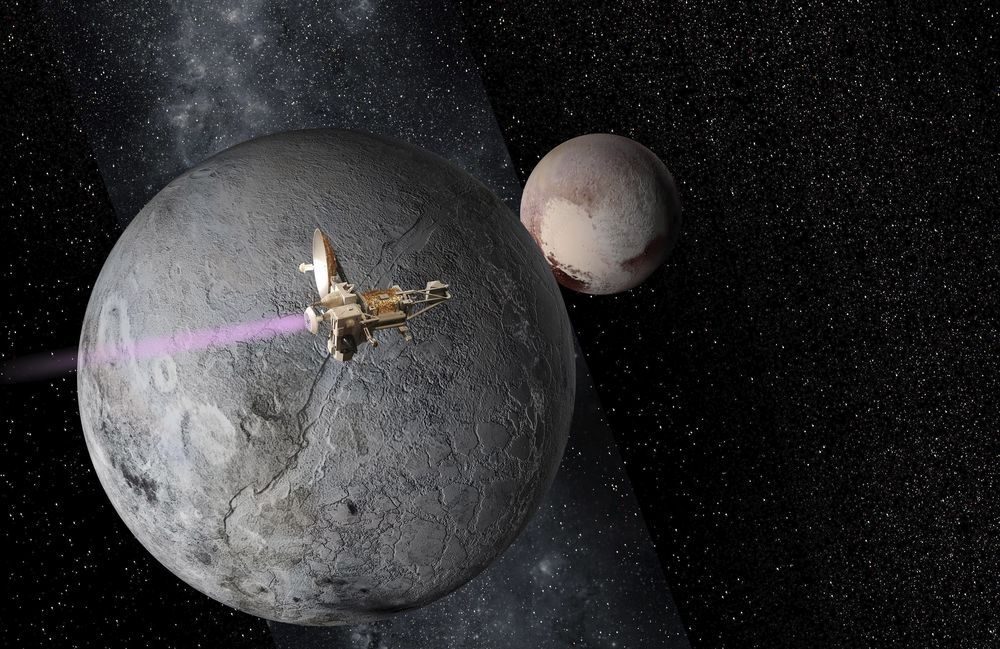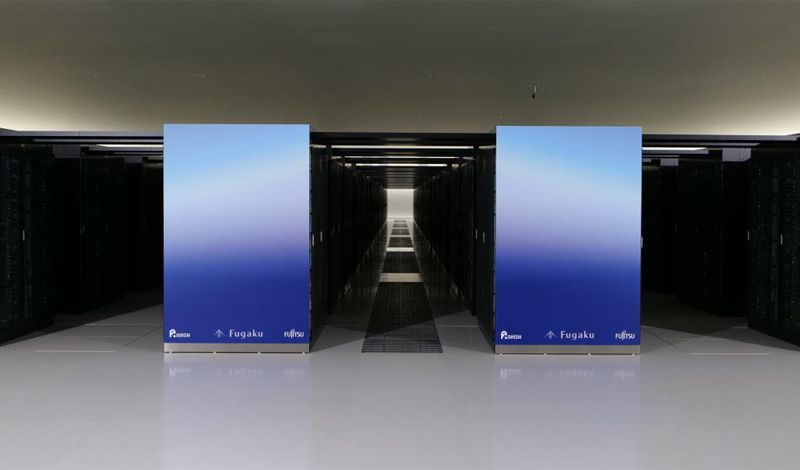Researchers already are planning an ambitious spacecraft that will orbit the mysterious world.



The supercomputer Fugaku – jointly developed by RIKEN and Fujitsu, based on Arm technology – has taken first place on Top500, a ranking of the world’s fastest supercomputers.
It swept other rankings too – claiming the top spot on HPCG, a ranking of supercomputers running real-world applications; and HPL-AI, which ranks supercomputers based on their performance in artificial intelligence applications; and Graph 500, which ranks systems based on data-intensive loads.
This is the first time in history that the same supercomputer has achieved number one on Top500, HPCG, and Graph500 simultaneously. The awards were announced today at the ISC High Performance 2020 Digital, an international high-performance computing conference.
Full stream ahead. Join us for the Apple Special Event Keynote on June 22, 2020 at 10 a.m. PDT. Set a reminder and we’ll send an update before the show.

Shares of Virgin Galactic shares jumped Monday after it signed an agreement with NASA that will allow the space tourism venture to train astronauts for trips to the International Space Station on flights to the edge of space.
The company — which is publicly traded but largely owned by founder Richard Branson and chairman Chamath Palihapitiya — announced on Monday that it signed a “Space Act Agreement” with NASA’s Johnson Space Center, which leads the agency’s astronaut program in Houston.
Shares of Virgin Galactic rose as much as 14% in early trading from its previous close of $15 a share.
With comments from Aubrey de Grey.
Bret Weinstein was interviewed on the Joe Rogan show and Bret claimed that the breeding protocols and telomeres of lab mice are broken. Bret claims that this problem is so severe that it calls into question the safety and correctness of decades of pharmaceutical studies.
Bret wrote a paper on that in 2002 which is totally broken.
Aubrey reviewed the paper.

‘Intelligent concrete’ could cut down on road repairs and traffic.
Roads always seem to need repairs. Luna Lu is giving concrete the ability to “talk” and even heal itself.
Her lab at Purdue University is developing technology that would allow concrete-paved bridges and highways to reveal more accurately when they need repairs and to come equipped with materials that respond to potential damage.


Horizons mission — Soyuz(rocket) launch to orbit at 27000km/hr!! Astronauts launching for Space Station #MustWatch #SpaceExploration Info about mission: Soyuz MS-09 was a Soyuz spaceflight which launched on 6 June 2018. It transported three members of the Expedition 56/57 crew to the International Space Station (ISS). The crew consisted of a Russian commander, and an American and a German flight engineer. The mission ended at 05:02 UTC on 20 December 2018.